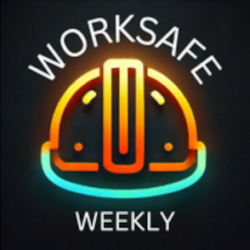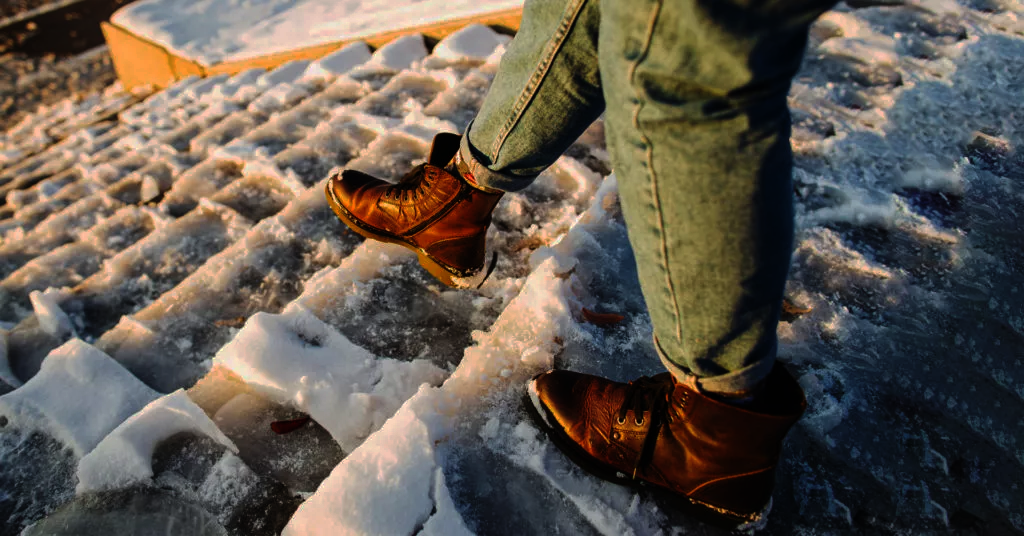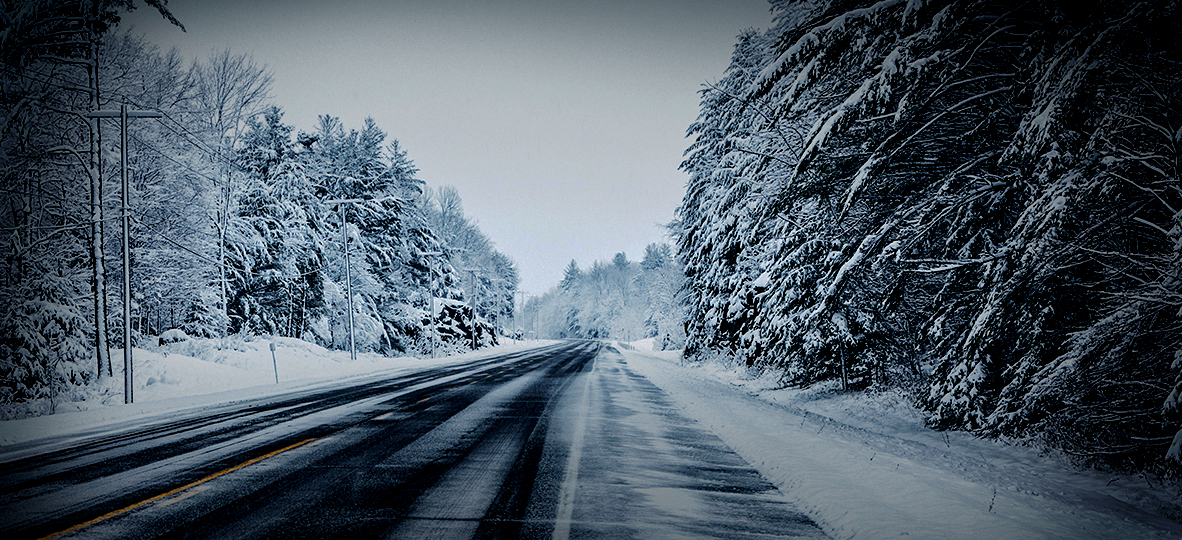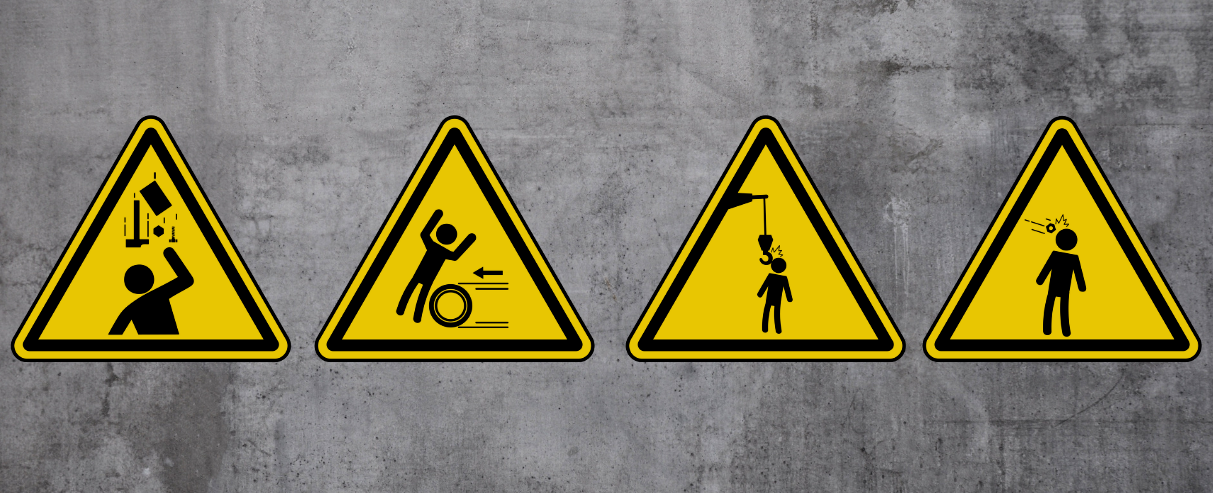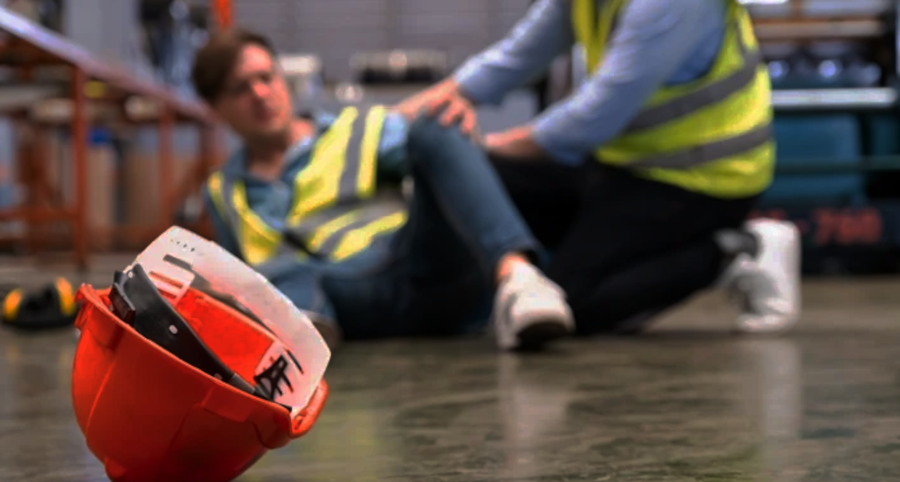If there were a workplace safety “Hall of Shame,” slips, trips, and falls (STFs) would hold an ignoble spot at the top. These unassuming incidents are stealthy troublemakers, responsible for over 33% of the most disabling workplace injuries according to the 2023 Liberty Mutual Workplace Safety Index. Add winter into the mix, and you have a recipe for mayhem if you’re not prepared. So grab a hot cup of coffee, and let’s talk about keeping your team upright through the frosty months ahead.
1. Know Thy Enemy: Why Winter Makes STFs Worse
Winter isn’t just about pretty snowflakes and picturesque landscapes. For workplaces, it’s a season of hidden ice patches, slippery entryways, and slush-slicked stairwells. These conditions can transform even the most graceful worker into an unintentional figure skater—with much less glamorous results.
Slippery surfaces from snow and ice, combined with wet footwear and cluttered workspaces, make vigilance a must.
2. The Basics: Risk Assessments and Employee Training
Start with the fundamentals:
- Conduct risk assessments with a winter-specific lens. Parking lots, entrances, loading docks, and outdoor stairs should be priority areas.
- Train employees to recognize winter hazards and report them promptly. Awareness is like wearing snow chains on a car—it keeps you on track.
- Reinforce situational awareness. Remind workers to watch where they’re stepping, especially when heading indoors from a snowy or icy area.
Quick Tip: Ask employees to report hazards immediately. Whether it’s a slick entryway or an unshoveled walkway, faster fixes equal fewer falls.
3. Winter-Proofing Your Workplace
Here’s your battle plan:
- Ice and Snow Removal: Create a robust program to address outdoor areas promptly. Deploy snow removal crews and ice melt liberally. Consider using labeled bins with shovels and de-icers strategically placed around your facility.
- Floor Mats: Inside and out, mats can make or break your anti-slip strategy. Use absorbent mats inside entryways and scraper mats outside to prevent water pooling and muddy tracks.
- Signage: Wet floor signs aren’t just for spills. Use them generously during thawing periods and near any high-traffic entrances.
- Lighting: Winter’s shorter days mean darker mornings and evenings. Ensure all outdoor lighting is functional and sufficient to illuminate potential hazards.
Pro Tip: Rotate mats regularly to ensure they’re doing their job. A waterlogged mat is just a hazard in disguise.
4. Feet First: Winter Footwear Policies
You wouldn’t wear flip-flops to climb a mountain, so why settle for footwear that’s not up to the winter task? A robust footwear policy should include:
- Slip-resistant soles with deep treads.
- Mandatory winter boots for employees working outdoors.
- Regular reminders to keep shoelaces tied and boots in good condition.
Encourage employees to inspect their footwear like they’re shopping for a new car. Does it have grip? Does it perform in wet conditions? Will it keep them safe when ice beckons?
5. Housekeeping: Your Secret Weapon
Messy workspaces are the best friends of slips, trips, and falls. Combat clutter with these strategies:
- Daily Checks: Designate a “housekeeping hero” to ensure walkways, staircases, and common areas are clear.
- Spill Protocols: Equip workspaces with spill kits and set a clear process for immediate cleanup. Bonus points if you can clean a spill faster than your favorite pizza delivery time.
Mantra: “Pick it up, don’t pass it up.”
6. Winter-Specific Maintenance
Winter’s challenges demand proactive maintenance. From snowplows to HVAC units, every piece of equipment should be up to snuff.
- Inspect and repair outdoor surfaces, including potholes or uneven concrete.
- Keep gutters clear to avoid icicle formation over entryways.
- Replace worn out floor mats and monitor areas for standing water.
Lighting Pro Tip: Replace burned-out bulbs faster than you can say “black ice.”
Final Thoughts
Winter might be the season of hot cocoa and holidays, but it’s also the time to double down on safety. Slips, trips, and falls may be common, but they’re also preventable. By equipping your workplace with the right tools, training, and proactive measures, you can keep your team safe and sound until spring rolls around.
Remember, safety isn’t just a priority—it’s a culture. Let’s build better workplaces, one snowy day at a time!
